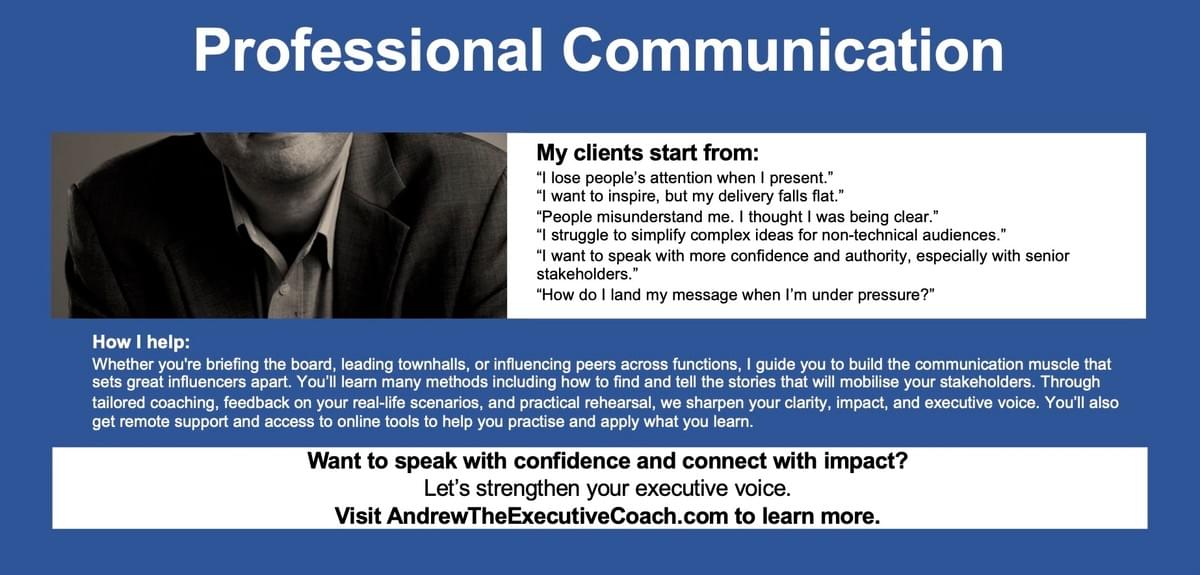Presentations in the business world are often mistakenly seen as dry, data-driven exchanges, where the primary objective is to inform rather than to engage. However, as any seasoned professional knows, the key to a truly effective presentation lies not just in the clarity of the content, but in the emotional connection you can forge with your audience. This connection is what turns information into inspiration, data into decisions, and audiences into advocates. While storytelling is a well-trodden path to achieving this, it’s by no means the only avenue available to those who wish to make an emotional impact.
Consider, for instance, the power of humor. Humor, when used skillfully, is more than just a way to lighten the mood; it’s a bridge that connects you to your audience on a human level. A well-timed, relevant joke or a moment of light-heartedness can dissolve the barriers of formality, creating a space where people feel more comfortable, more open to your ideas. Self-deprecating humor, in particular, can be remarkably effective—it signals humility and approachability, making you seem more relatable and less like a distant figure of authority. The key, of course, lies in the relevance and timing; humor that aligns with the content and respects the audience’s cultural sensitivities can transform a presentation from a monologue into a shared experience.
Equally important is how you deliver your message: the tone of your voice, the pace of your speech, and your body language. These elements, often overlooked, are the conduits through which your passion and enthusiasm flow. A monotone delivery might convey information, but it will never capture hearts. Varying your tone, inflecting your voice with excitement or seriousness at the right moments, can draw your audience into the narrative of your presentation. Similarly, using strategic pauses can give your audience the space to absorb your key points, while your body language—open gestures, a confident stance—reinforces the emotional undercurrents of your words.
Sometimes, the most abstract concepts can be made tangible through the use of analogies and metaphors. These linguistic tools serve as a bridge between the known and the unknown, helping your audience grasp complex ideas by relating them to something familiar. Imagine, for instance, explaining a difficult organizational change by comparing it to navigating a ship through a storm. The metaphor not only clarifies the concept but also evokes a sense of shared struggle and resilience, making the abstract both relatable and emotionally resonant.
Passion, too, plays a crucial role. When you are genuinely enthusiastic about your subject, that passion becomes infectious. Your audience can sense when you are speaking from a place of genuine interest and commitment, and this authenticity can transform a simple presentation into a call to action. Sharing your own experiences or insights related to the topic doesn’t just provide context; it also humanizes you, allowing your audience to see the person behind the presentation. This, in turn, makes them more likely to connect with your message on a deeper level.
Lastly, there is the power of empathy: the ability to understand and acknowledge the emotions of your audience. Acknowledging their concerns, fears, or uncertainties, especially during difficult discussions, creates a bond of trust. It tells your audience that you see them, that you understand their perspective, and that you are with them in whatever challenges they face. This kind of emotional acknowledgment can turn a potentially confrontational presentation into a collaborative conversation, where solutions are co-created rather than imposed.
In the end, the goal of any presentation is not merely to transfer information but to inspire action. By infusing your presentations with humor, expressive delivery, relatable analogies, genuine passion, and empathy, you create an emotional landscape where your audience is not just passive recipients of your message, but active participants in a shared journey. This, after all, is the true art of communication—moving beyond the mere exchange of words to create moments of connection, understanding, and, ultimately, transformation.
